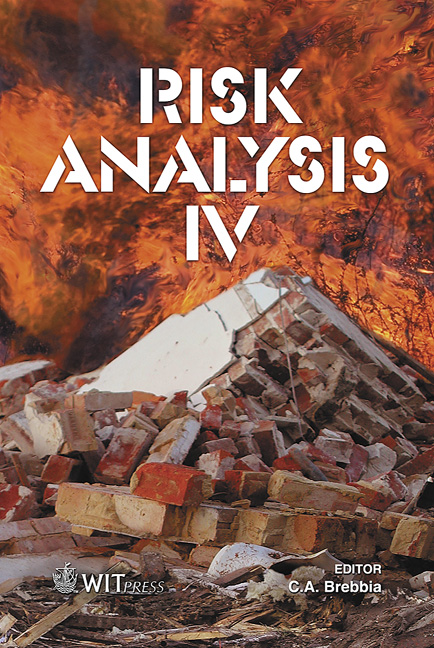The Role Of Monitoring Of The Triggering Factors In The Risk Management Of A Landslide: The Cassas Example
Price
Free (open access)
Transaction
Volume
77
Pages
10
Published
2004
Size
1,323 kb
Paper DOI
10.2495/RISK040211
Copyright
WIT Press
Author(s)
M. Ceccucci, M. Ferrari & B. Magrì
Abstract
An important example of geological risk study and related crisis management is presented. All the technical phases related to the study are discussed. Given its location and its volume (estimated up to 10 million m3), the CASSAS landslide phenomenon, in the village of Salbertrand (TO), is directly menacing antropic activities of high social value. Among these the A32 motorway Torino- Bardonecchia connecting the regional capital to the international Frejus tunnel, the international railway Torino-Modane, and the national road SS.24 which leads to the Monginevro pass. The definition of the risk to which the area is subject has been made by studying the territory from the geologicalenvironmental point of view and it has allowed us to define a mathematical model to simulate the behavior of the unstable mass in terms of geomechanical and hydrogeological parameters. The identification of the mechanisms and the analysis of such parameters has been possible thanks to the results obtained from several measurement campaigns and the management of a complex network of monitoring instrumentation, that has provided a database from 1994. The risk study has focused on the computation of the crisis probability as a function of the variation of the monitored parameters, defining threshold values. On this basis, networks of monitoring instruments have been installed and the procedure to deal with false alarms has been defined. 1 Introduction From 1994 the landslide phenomenon has been the subject of investigations and monitoring to recognize the status of the activities. Initially the investigations [1]
Keywords





